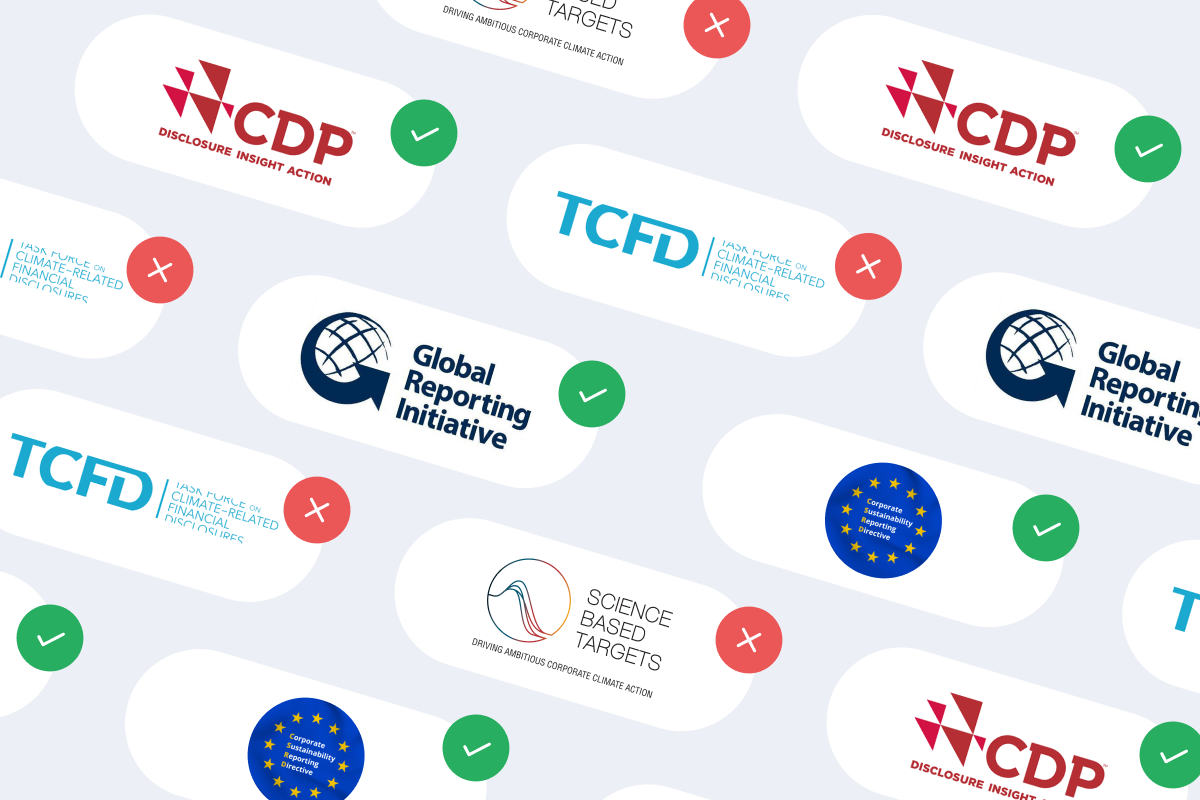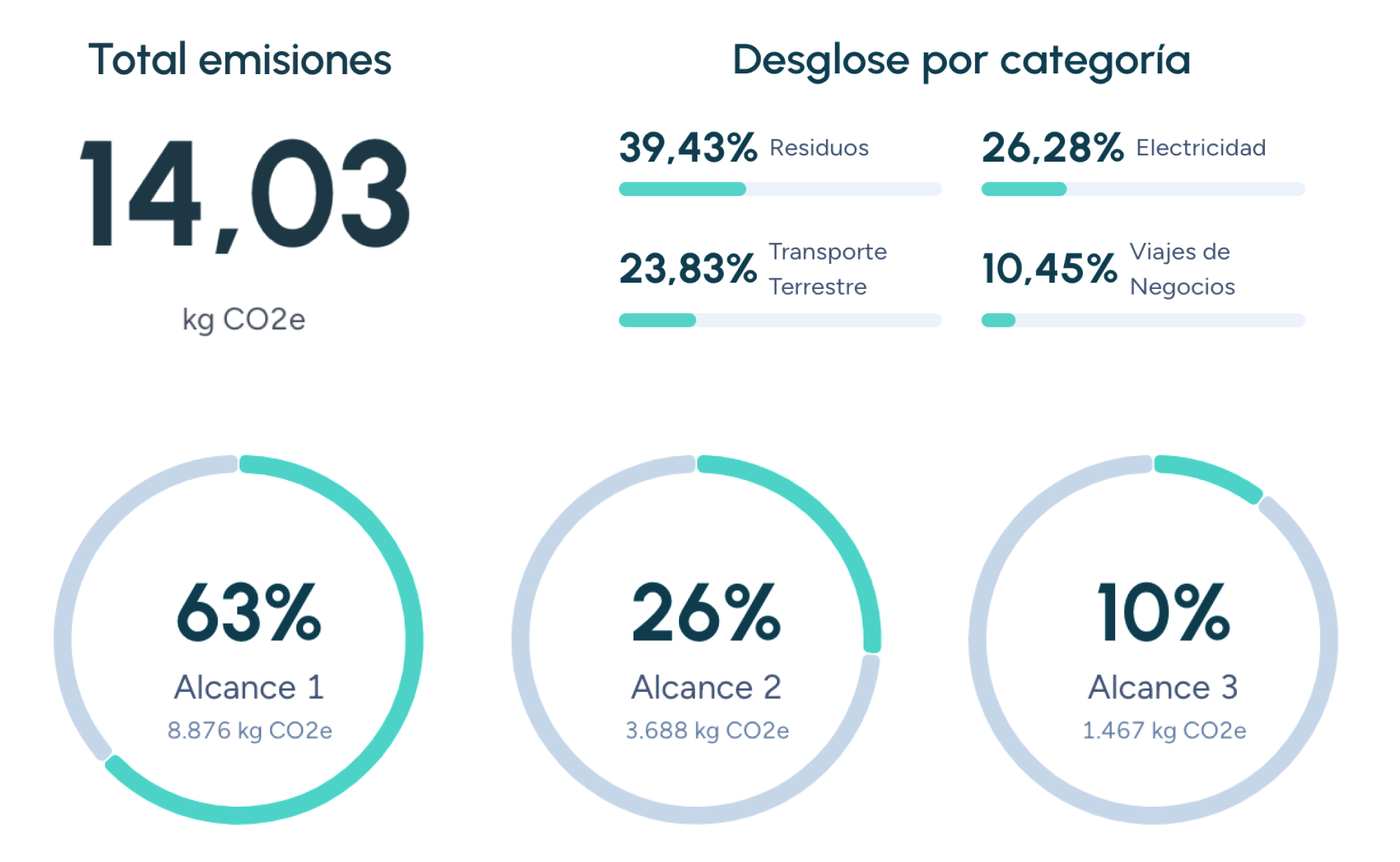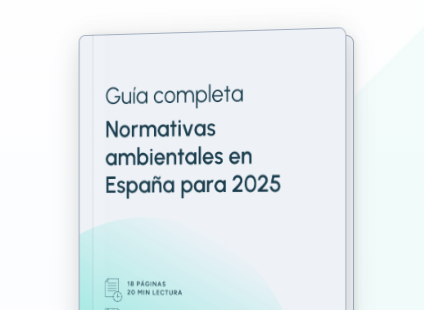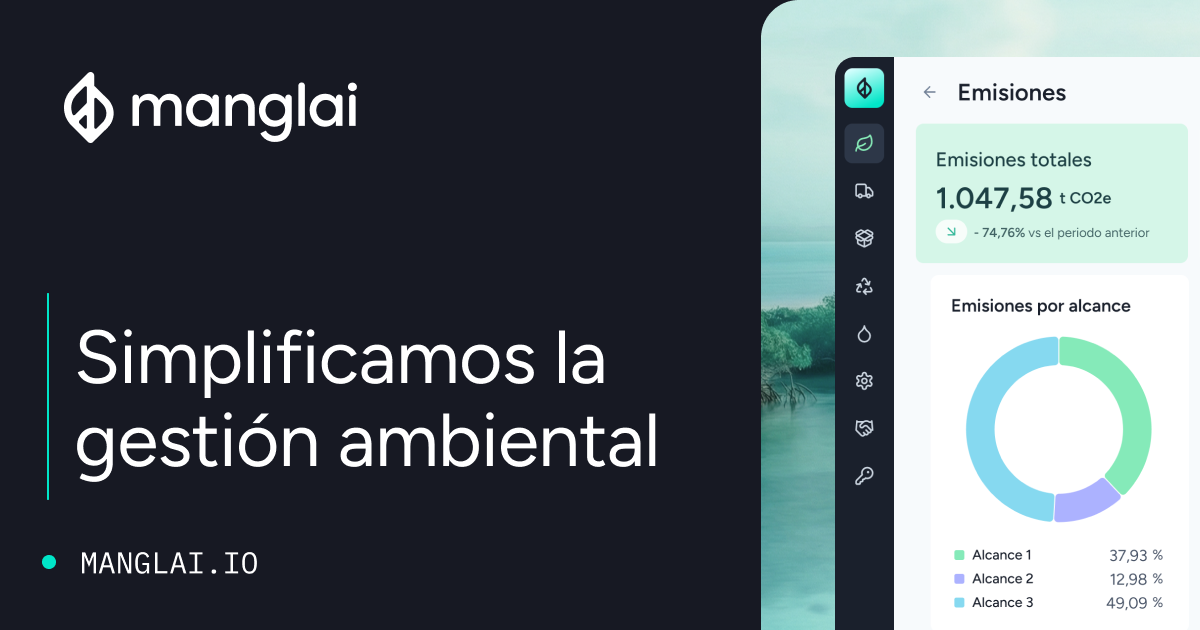B
Blue Water Footprint
The blue water footprint represents the volume of surface and groundwater withdrawn from rivers, lakes, reservoirs, and aquifers to produce goods and services.
Unlike the green footprint (rainwater) and the grey footprint (pollutant dilution), the blue footprint quantifies the water that is consumed and not returned to the same body — through evaporation, incorporation into products, or transfer to another basin.
Methodological context
- Water Footprint Network (WFN): Introduced the blue water footprint within its assessment framework in 2008.
- ISO 14046: Recognizes blue water use as a key flow in the water footprint inventory under a life‑cycle approach.
Components of the calculation
- Agricultural irrigation: Water used for irrigation that does not return to the water system (through evaporation, transpiration, or crop incorporation).
- Industrial use: Water incorporated into the final product or evaporated during thermal and cooling processes.
- Domestic consumption: Drinking water that does not return to the same watercourse after use (e.g., exported in bottled products).
Simplified formula:
Blue footprint = Total withdrawal − Direct return to the same water system
Importance and impacts
- Water stress: A high blue footprint in arid regions can overexploit aquifers, reduce ecological flows, and damage ecosystems.
- Food security: Intensive irrigated crops (rice, cotton, almonds) create competition between agricultural irrigation and urban supply.
- Energy costs: Pumping groundwater increases energy use and associated emissions.
Reduction strategies
- Irrigation efficiency: Drip systems, smart sprinklers, and soil moisture sensors.
- Climate‑suitable crops: Replace high‑consumption varieties with drought‑tolerant species.
- Industrial recirculation: Closed‑loop cooling systems and hybrid towers.
- Basin management plans: Extraction limits and tiered pricing systems.
Complementary indicators
- Blue water scarcity: Ratio between blue footprint and renewable availability.
- Weighted water footprint (AWARE): Adjusts the footprint based on local water stress levels.
The blue water footprint is crucial for understanding the pressure on directly exploited water resources. Measuring it enables optimization of irrigation, prevention of aquifer overexploitation, and the design of sustainable use policies that ensure water availability for people and ecosystems.
Companies that trust us

Blue Water Scarcity
Blue water scarcity is an indicator that compares the consumption of surface and groundwater resources (blue water footprint) with the availability of renewable freshwater within a river basin over a specific period.
Blue carbon
Blue carbon refers to the carbon stored in coastal and marine ecosystems, such as mangroves, seagrass meadows, and salt marshes.
Carbon Balance
Discover what a carbon balance is, how it is calculated, which standards regulate it, and how companies, territories and projects use it to reach climate neutrality.
Guiding businesses towards net-zero emissions through AI-driven solutions.
© 2025 Manglai. All rights reserved
Política de Privacidad


